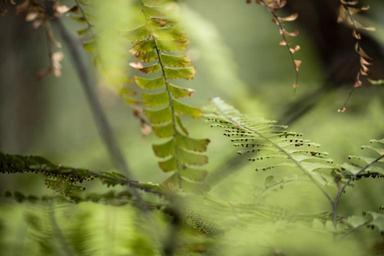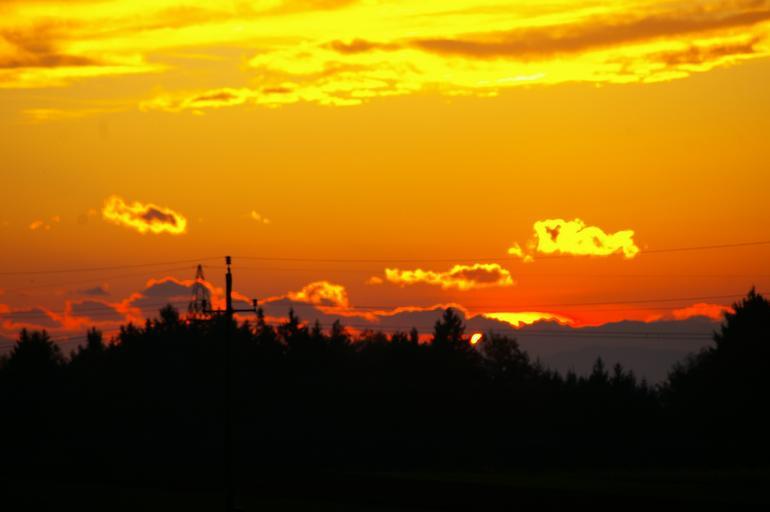Introduction
In an era dominated by fleeting moments captured through the lens of a smartphone, the practice of self-portraiture has evolved into a profound form of artistic expression. The Art of Contemplation: Finding Stillness in Self-Portraiture invites photographers to explore the depths of their souls while creating timeless images that reflect not just their physical selves but also their inner landscapes. This journey into self-portrait photography is more than just a visual representation; it becomes a meditative process, encouraging us to confront our thoughts, emotions, and experiences through the delicate interplay between nature and self.
Through this exploration, we’ll delve deep into various aspects of self-portraiture, examining how different styles—such as aesthetic, fine art, and black and white photography—can help convey intricate narratives. We will analyze themes like decay and growth, joy amidst ruin, and the power of nature reclaiming spaces once dominated by human structures. This article will serve as a comprehensive guide for both novice and seasoned photographers seeking to find stillness in their practice while embracing the art of contemplation.
The Essence of Self-Portrait Photography
What is Self-Portrait Photography?
Self-portrait photography is essentially capturing oneself through the lens of a camera. It allows artists to explore personal identity, emotions, and creativity. Unlike traditional portraits taken by another person, self-portraits grant individuals complete control over their artistic vision.
Historical Context: Evolution of Self-Portraiture
From early paintings in art history to contemporary digital photography, self-portraiture has undergone significant transformations. Artists like Frida Kahlo and Vincent van Gogh used self-portraits to express their emotional states and personal struggles. Today’s photographers can leverage modern technology to create compelling narratives through self-portrait photography.

Finding Stillness Through Aesthetic Photography
What is Aesthetic Photography?
Aesthetic photography focuses on creating visually pleasing images that evoke emotion or provoke thought. It emphasizes color palettes, compositions, and lighting techniques to convey beauty within simple subjects.
Harnessing Aesthetics in Self-Portraiture
Utilizing aesthetic principles can enhance the emotional impact of your self-portraits. By thoughtfully considering elements such as color harmony and composition, you can create images that resonate deeply with viewers.
Exploring Black and White Photography
The Power of Monochrome
Black and white photography strips away distractions from color, allowing viewers to focus on form, texture, and contrast. This style often evokes nostalgia and timelessness.
Creating Timeless Self-Portraits
When employing black and white techniques in your self-portraits, consider how light interacts with your subject. Shadows can add depth to your images while highlighting emotions often lost in color photographs.
Tarnished Color Photography: Embracing Imperfection
What is Tarnished Color Photography?
Tarnished color photography refers to images that embrace imperfections—faded colors or distressed effects—to create unique visuals rich with character.
Capturing Personal Narratives Through Imperfection
By incorporating tarnished colors into your work, you infuse your portraits with layers of meaning that tell stories about aging or decay—a vital aspect when exploring life themes in photography.
Ruin and Bloom in Photography: Nature’s Duality
Nature Versus Structure: A Photographic Dialogue
The juxtaposition between nature's reclaiming forces against man-made structures creates striking imagery ripe for exploration.
Moss-Covered Ruins in Photography
Mossy walls or overgrown ruins serve as powerful reminders that life persists even amidst decay. Capturing these moments reflects not only environmental change but also personal growth themes inherent in our lives.
Reaching for the Sky: Symbolism in Portraiture
Human Narratives Through Reaching Motifs
Incorporating upward-reaching poses within your self-portraits symbolizes aspiration or yearning—inviting viewers into an intimate dialogue about human experience.
Gravity and Growth Themes in Portraits
Exploring gravity’s pull alongside themes of growth can enhance the storytelling aspect within your photographs as it mirrors our struggles against external forces while striving for greatness.
Capturing Decay: The Beauty Within Aging Structures
Photography of Aging Structures as Artistic Expression
Aging structures present opportunities for symbolic photography that highlights decay's beauty juxtaposed against vibrant life forms emerging around them.
Withering Beauty: A Reflection on Life’s Transience
Documenting deterioration through artistic portraiture invites introspection about time’s passage—challenging https://rentry.co/hete5xma viewers’ perceptions regarding beauty amidst decline.
Timeless Self-Portraits: Playing With Time Through Shutter Speed Experiments
Understanding Shutter Speed in Artistic Expression
Shutter speed affects how we perceive motion within an image; slower speeds capture movement while faster ones freeze moments instantaneously—a technique worth exploring when aiming for contemplative art.
Experimenting With Long Exposures
Long exposure techniques provide opportunities for ethereal effects—allowing light trails or ghostly figures representing personal reflections captured over time.
Personal Growth Through Artistic Exploration
Self-Exploration via Creative Practices
Engaging with one’s creative instincts through focused practices nurtures personal growth while allowing room for vulnerabilities exposed during this immersive journey.
Narrative Photography: Telling Your Story
Crafting visual narratives empowers photographers by transforming ordinary moments into poignant reflections steeped with significance drawn from lived experiences.
Artistic Expression Infused With Nature’s Influence
Nature Reclaiming Spaces
Observing nature reclaiming abandoned structures fosters a sense of connection between humanity’s past endeavors versus its eventual return toward simplicity found within organic forms.
Vegetation In Ruins As Symbols Of Resilience
Photographs featuring plants flourishing amid crumbling buildings articulate stories about resilience—echoes resonating deeply across generations striving forward despite adversity faced during tumultuous times.
Joyful Photography Amidst Decay
Finding Joy Within Desolation
Embracing joyful moments captured amidst decaying environments offers contrasting perspectives—the balance between sorrowful realities combined harmoniously alongside uplifting sentiments expressed through imagery.
Conclusion
The artful journey into “the Art of Contemplation: Finding Stillness in Self-Portraiture” serves both as an exploration inwardly toward ourselves while simultaneously reflecting upon broader narratives found within nature surrounding us—all intricately woven together through lenses capturing fleeting moments laden with meaning awaiting discovery yet untold!

FAQs
What are some tips for beginners interested in self-portrait photography?
Start small by practicing at home using natural light sources; experiment with different angles until you find what resonates best with you!
How can I incorporate nature into my self-portraits?
Seek out local parks or gardens where vegetation thrives alongside historical ruins—the juxtaposition creates compelling visual narratives worth exploring!
Is black-and-white photography still relevant today?
Absolutely! Black-and-white remains timeless—it allows deeper emotional connections without the distraction that colors may impose on viewers' interpretations.
How do I choose a theme for my self-portrait series?
Choosing themes based on personal experiences or significant life events often resonates strongly; try reflecting upon pivotal moments shaping who you are creatively!
What equipment do I need to get started with self-timer photography?
Any camera equipped with a timer function works well—start simple! Consider investing later into tripods & remote shutters if desired!
Can capturing decay be considered beautiful?
Yes! Decay embodies stories worth telling; finding beauty amidst deterioration invites contemplation about life's transience while celebrating resilience seen throughout existence!
This framework provides insights tailored specifically around "The Art Of Contemplation" encouraging readers toward enriching journeys filled both visually & emotionally defined uniquely!